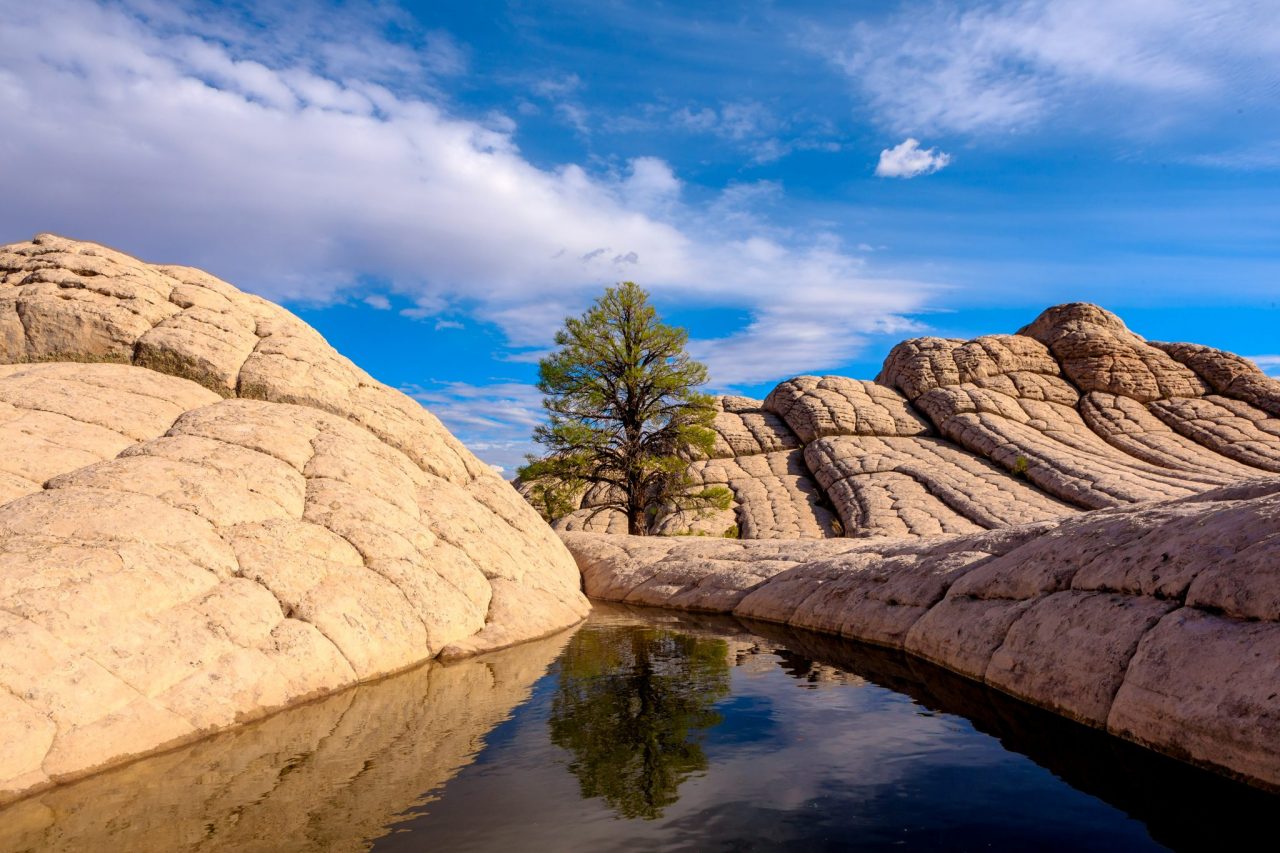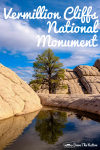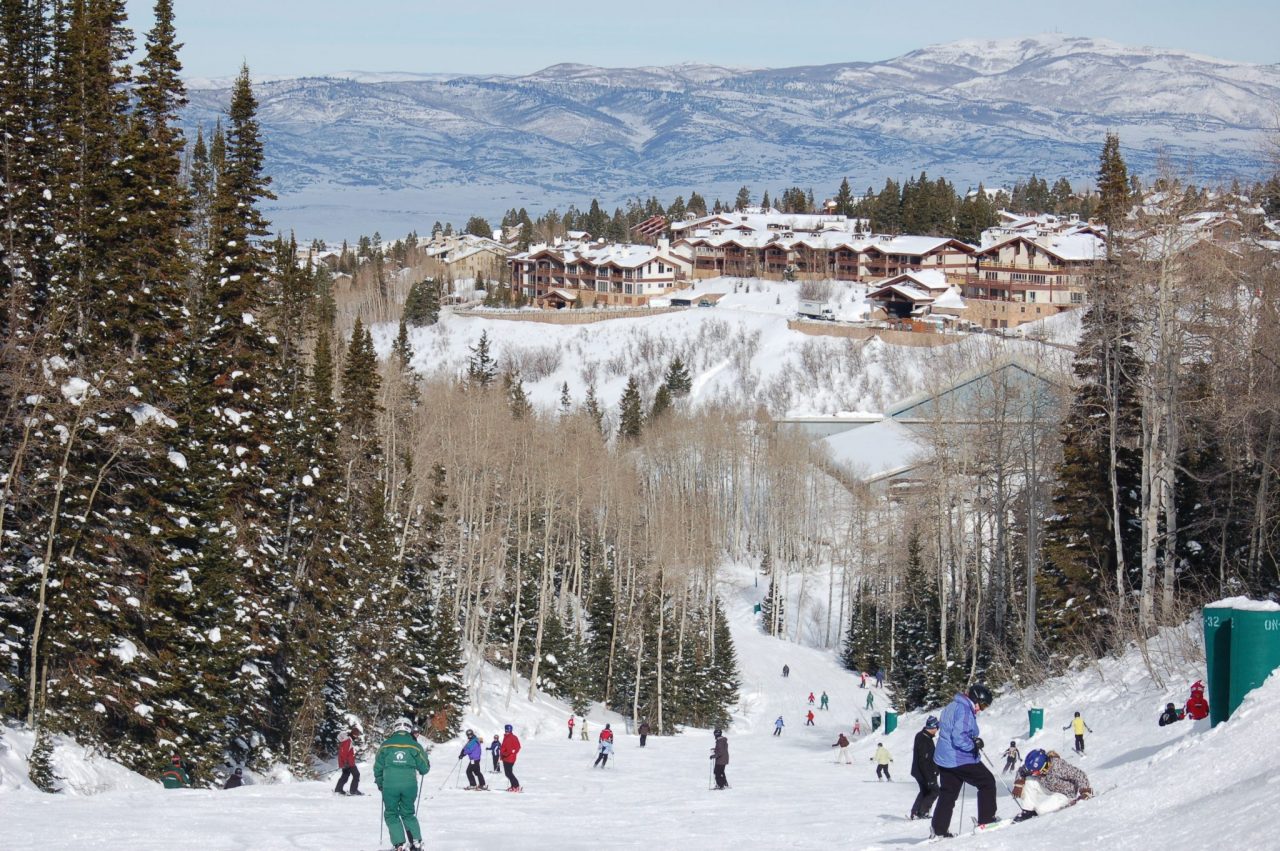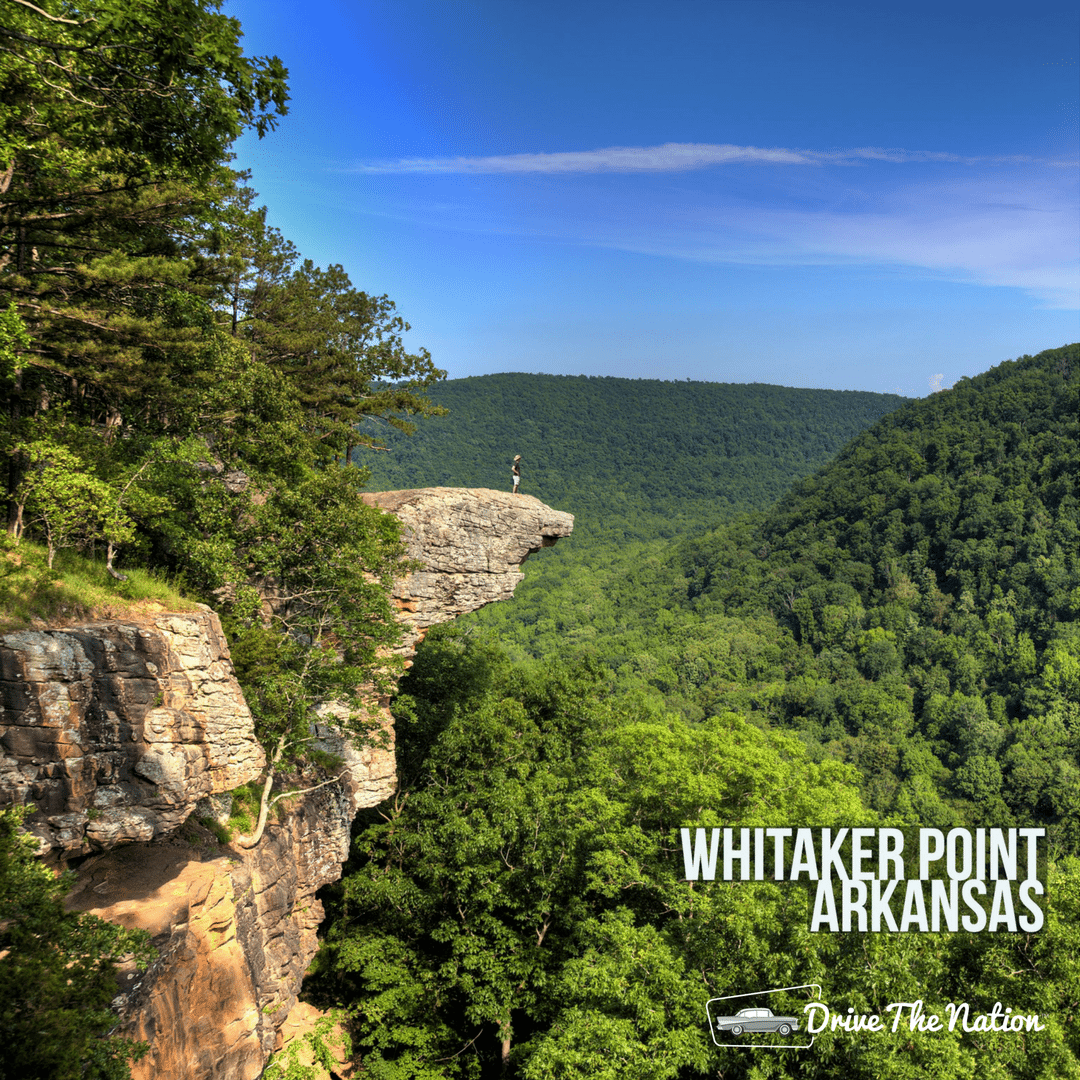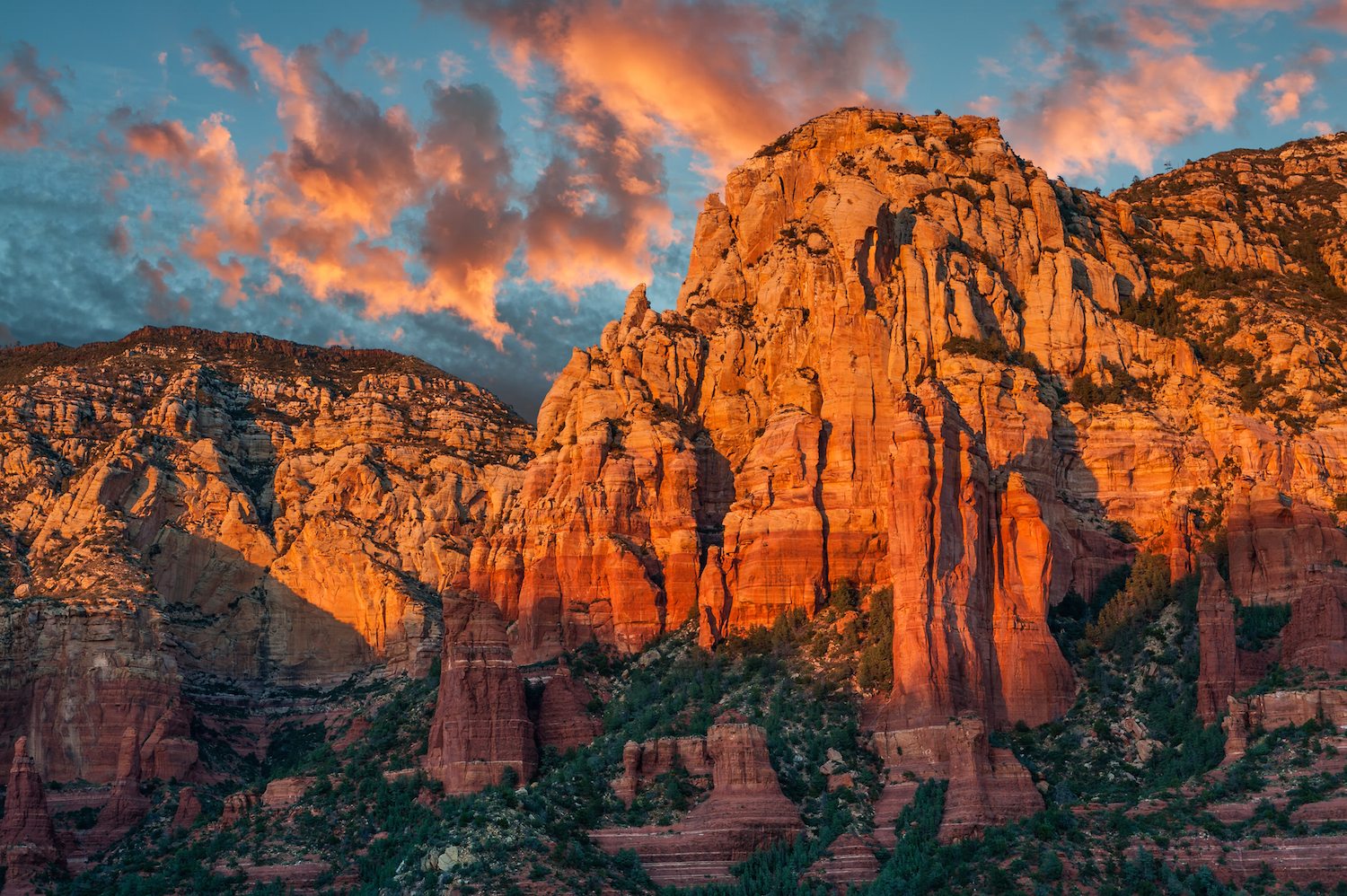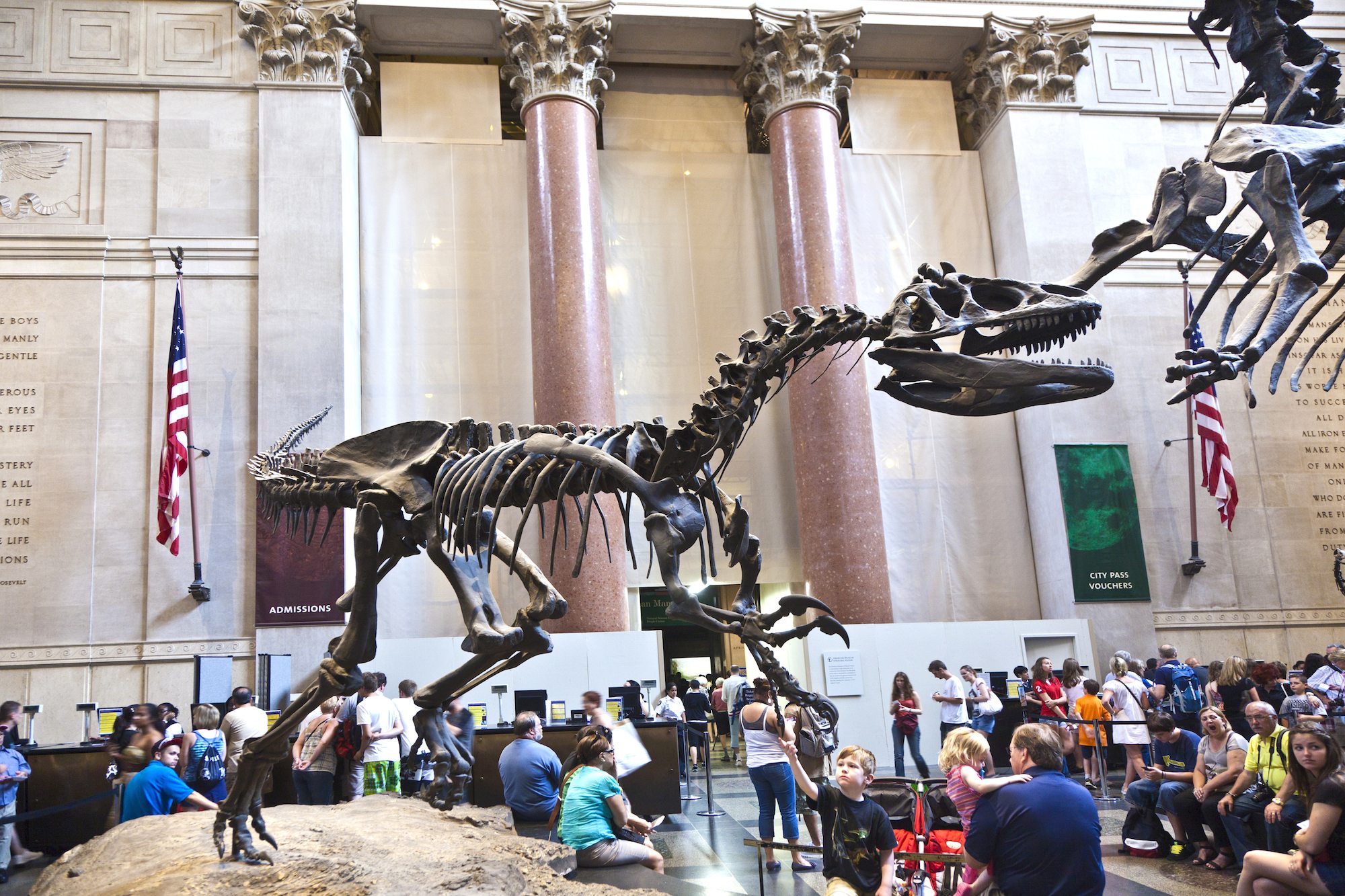Northern Arizona’s Vermillion Cliffs National Monument sits on the Colorado Plateau, just below the Utah border. While the name “monument” might conjure up the image of something a bit smaller, you’ll find 280,000 acres of beautiful terrain here, including cliffs, buttes, and canyons. The area was only declared as a monument in 2000, though the land itself was already government-managed.
The Cliffs are a composite of limestone, shale, siltstone, and sandstone, which creates gorgeous rock strata in shades of red and brown. The views through the tall rock walls make for excellent photo-ops and are even cooler to see up close.
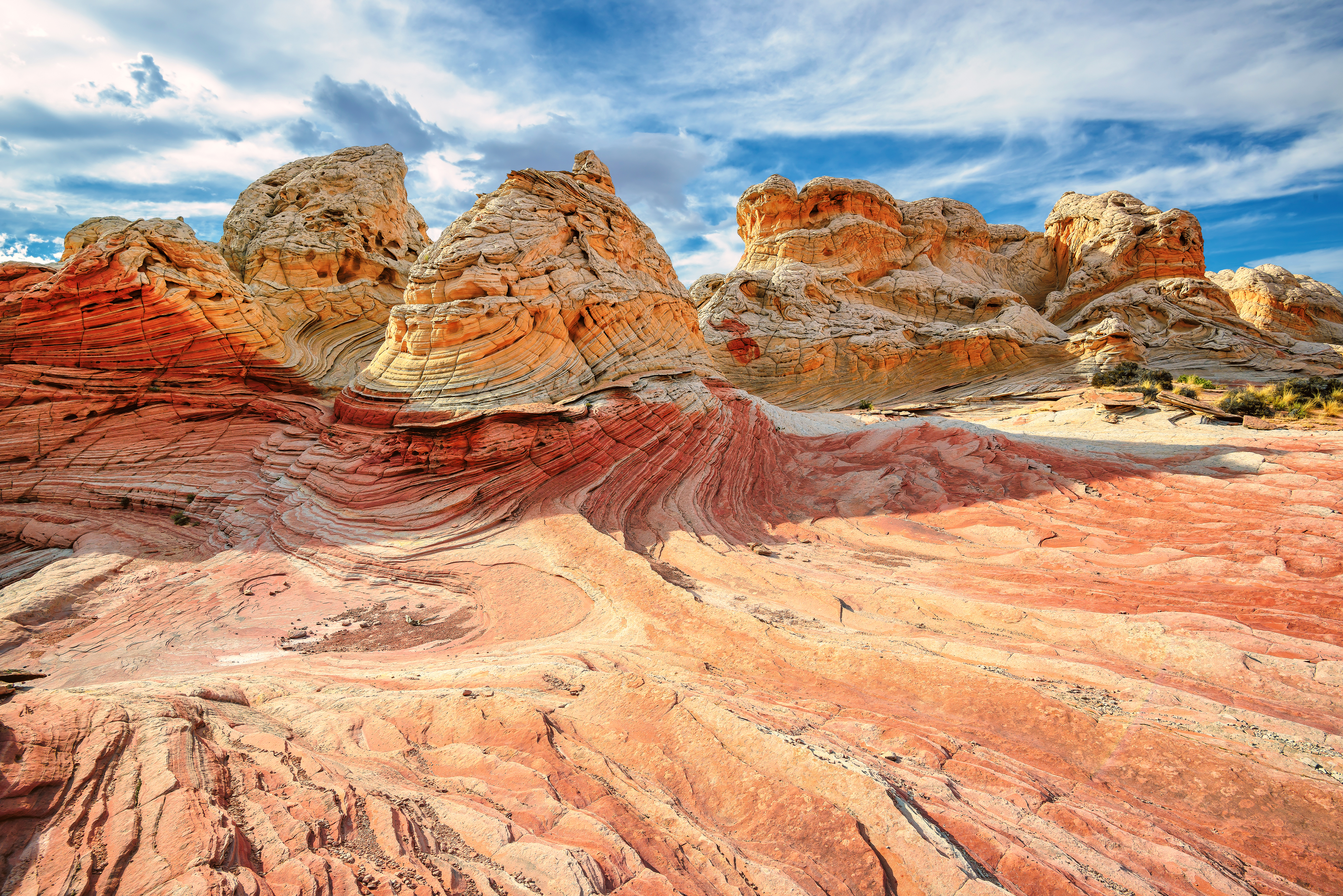
Activities
Hiking is unsurprisingly one of the most popular activities, and Paria Plateau in particular is a must-do for serious trekkers. In addition, Jacob’s Pools are a group of springs that offer beautiful views and good hiking areas. It should be noted that permits are required for hikes in Coyote Buttes North, Coyote Buttes South, and overnight trips within Paria Canyon. This is due in part to the dangerous nature of these hikes, which may include hazards like venomous reptiles, deep sand, flash flooding, and extreme heat. There is no visitors center at the monument, so it’s important to make sure you come prepared and plan ahead to ensure a safe and enjoyable experience.
Wildlife
You should also be on the lookout for wildlife during your visit; the endangered California condor birds can be spotted in the monument, as well as eagles, falcons, and hawks. In terms of mammals, visitors have seen pronghorns, mountain lions, and bighorn sheep, as well as a variety of other smaller animals. You may also be able to spot ancient rock art from ancestral Puebloans throughout the monument.
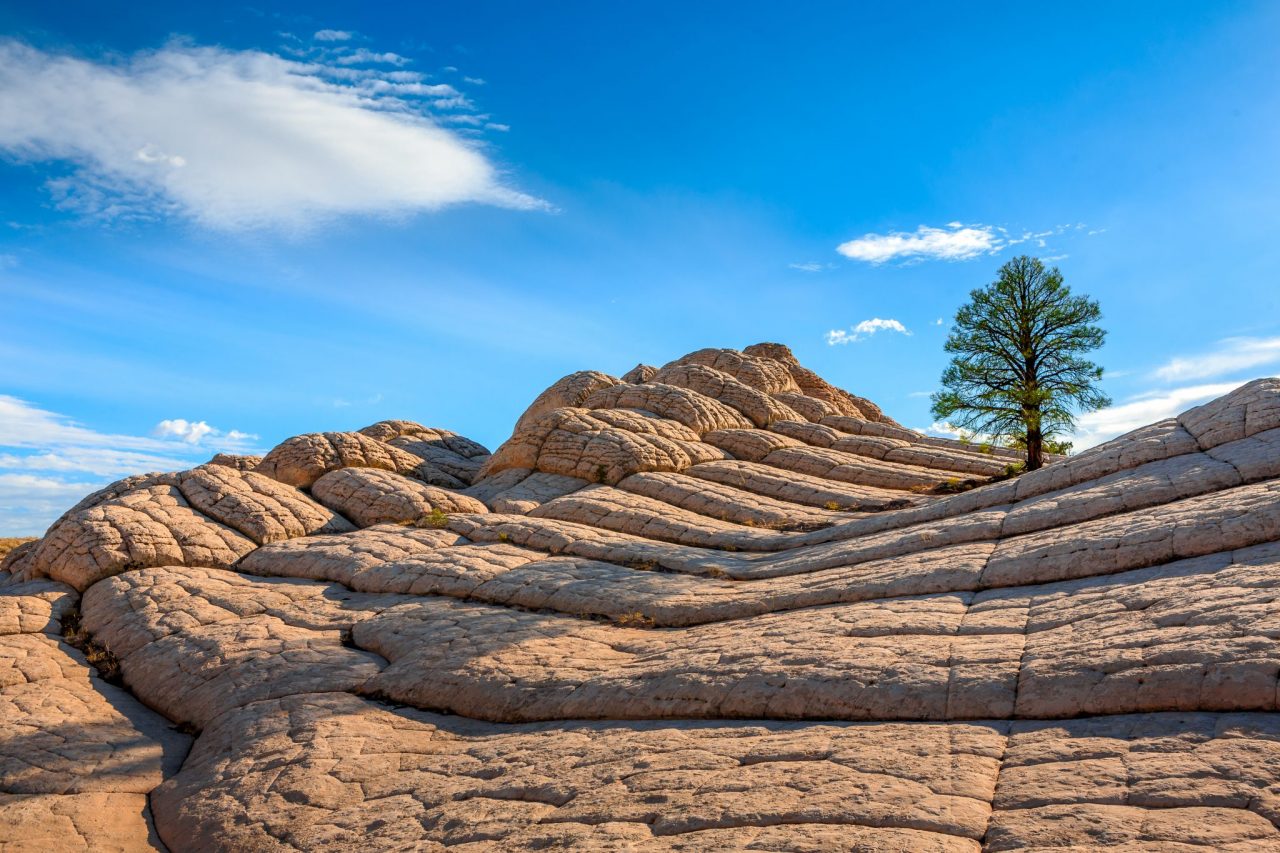
The monument is easy to visit for a day trip, but visitors interested in more of an immersive experience should consider embarking on the three- to five-day wilderness backpacking experience, as there are two campgrounds — Stateline and White House — adjacent to the monument.
There are also other places to explore nearby once you’ve seen it all at the monument, as the monument borders both the Kaibab National Forest and Glen Canyon National Recreation Area.

